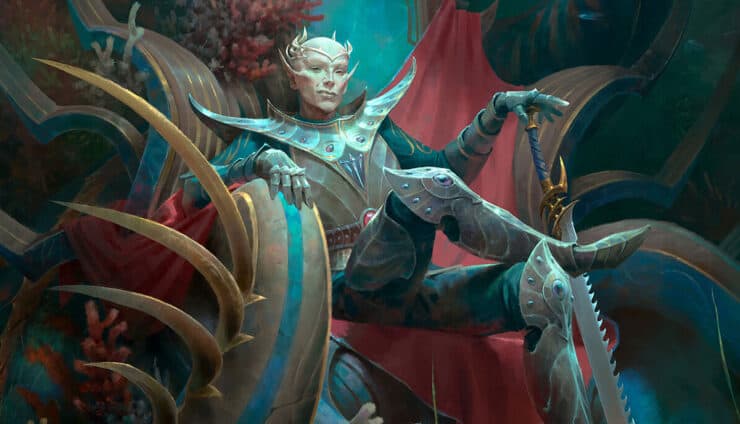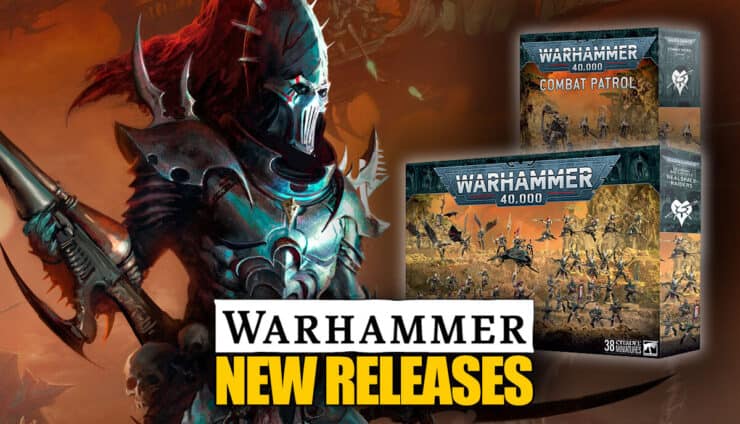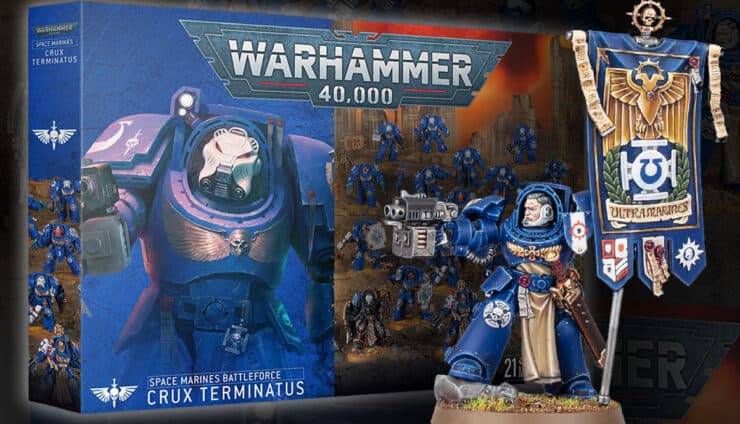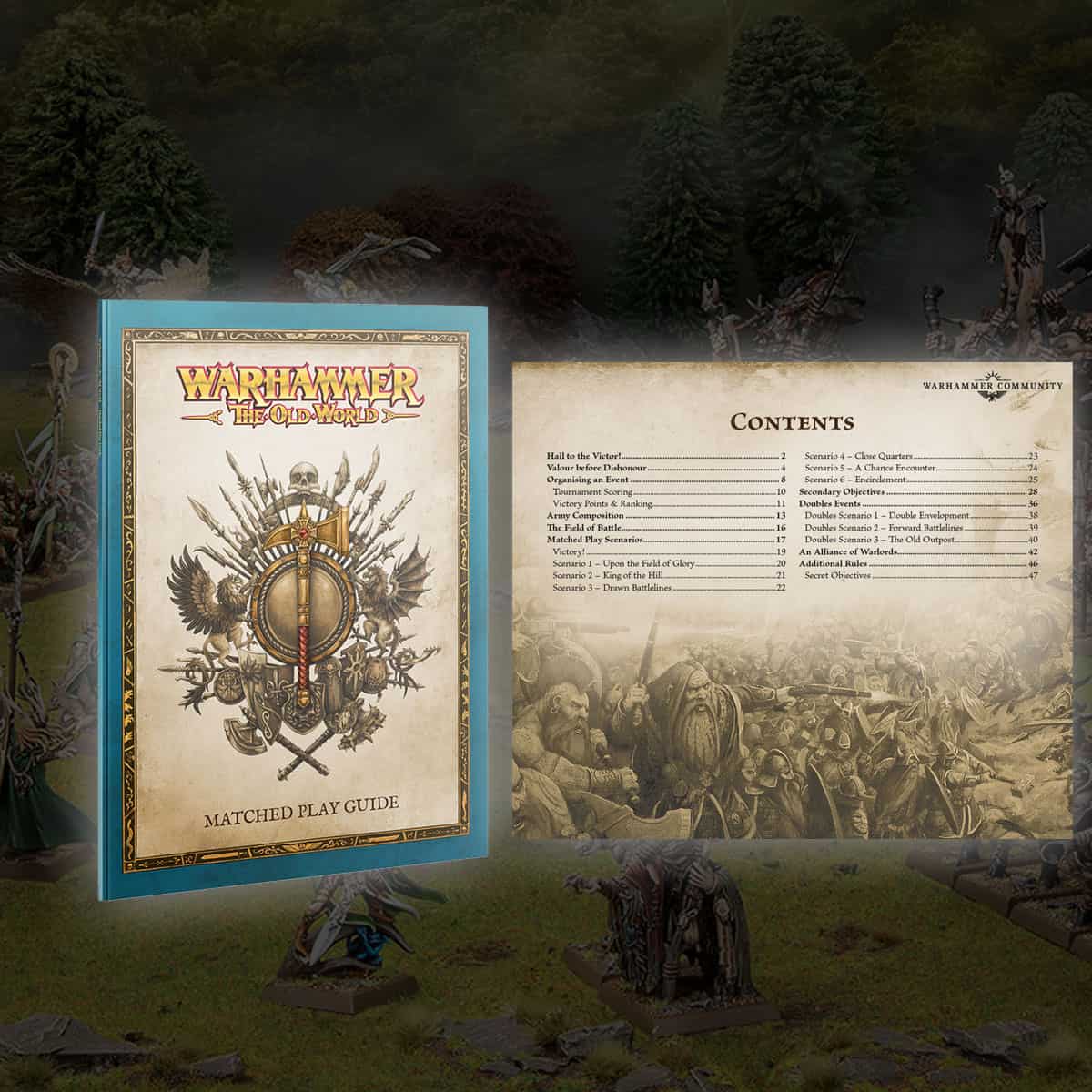 Matched Play lands in Warhammer: The Old World with new formats, army rules, and scenarios for tighter, smarter, and more fun tabletop games.
So you’ve painted your army, read the rules, and now you’re itching for some proper matchups (or have been playing for the past 18 months and looking for something a little different). Great timing.
Games Workshop just dropped the Warhammer: The Old World – Matched Play Guide. It’s shaping up to be the go-to for tournaments, clubs, and anyone who wants structured, fair, and exciting games.
Let’s break it down and see what’s changing in the Old World.
Matched Play lands in Warhammer: The Old World with new formats, army rules, and scenarios for tighter, smarter, and more fun tabletop games.
So you’ve painted your army, read the rules, and now you’re itching for some proper matchups (or have been playing for the past 18 months and looking for something a little different). Great timing.
Games Workshop just dropped the Warhammer: The Old World – Matched Play Guide. It’s shaping up to be the go-to for tournaments, clubs, and anyone who wants structured, fair, and exciting games.
Let’s break it down and see what’s changing in the Old World.
What Is Matched Play, Anyway?
Jump To Article Section:
 Matched Play is Warhammer with a rules-first mindset. Balanced armies. Shared scenarios. Clear scoring. It’s about making sure your game isn’t decided by a coin toss or guesswork.
This new guide gives everyone—event organizers and players—a framework that cuts the noise and sharpens the focus.
Matched Play is Warhammer with a rules-first mindset. Balanced armies. Shared scenarios. Clear scoring. It’s about making sure your game isn’t decided by a coin toss or guesswork.
This new guide gives everyone—event organizers and players—a framework that cuts the noise and sharpens the focus.
What’s Inside the Matched Play Guide?
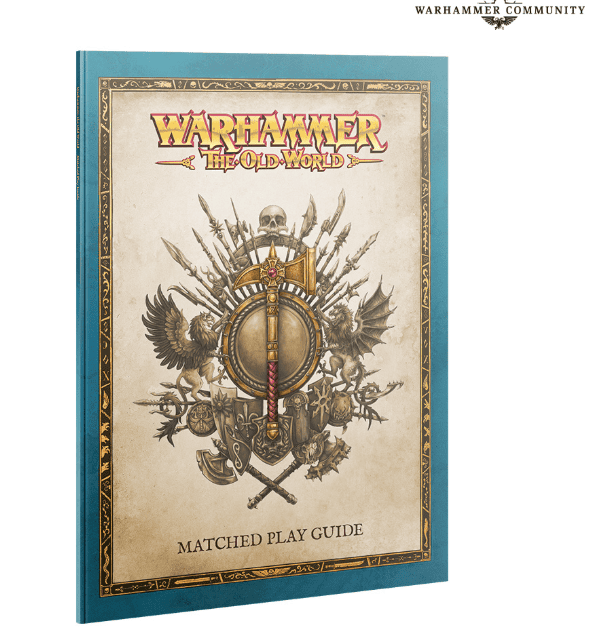 The book isn’t just a list of rules. It’s a full package for making tournaments and structured events run smoothly as silk. You’ll find:
The book isn’t just a list of rules. It’s a full package for making tournaments and structured events run smoothly as silk. You’ll find:
- Core rules for fair gameplay
- Event planning advice (yes, even for your local pub tournament)
- Guidelines for scoring and pairing
- Terrain placement suggestions that avoid weird table setups
Open War, Grand Melee, and Combined Arms – What’s the Difference?
 Each composition format tweaks what you can bring. Characters, unit types, and build restrictions vary slightly depending on the style.
Each composition format tweaks what you can bring. Characters, unit types, and build restrictions vary slightly depending on the style.
- Open War is loose and flexible. Good for fun games with structure but fewer hoops.
- Grand Melee tightens things up. Think of it like bringing your A-game with fewer elite choices.
- Combined Arms encourages a well-rounded force with clear limits. It’s probably the format tournament organizers will lean toward.
Six Scenarios, Infinite Headaches (the Good Kind)
 The guide includes six Matched Play scenarios built to test different aspects of your army. No two play the same. You’ll need to think on your feet, adapt fast, and know your army inside out.
Want a twist? Add secondary objectives or secret missions. These change your priorities and punish tunnel vision. Think you’ve won just because you’re holding two objectives? Check your secret card, friend.
The guide includes six Matched Play scenarios built to test different aspects of your army. No two play the same. You’ll need to think on your feet, adapt fast, and know your army inside out.
Want a twist? Add secondary objectives or secret missions. These change your priorities and punish tunnel vision. Think you’ve won just because you’re holding two objectives? Check your secret card, friend.
It’s Not Just 1v1
 The guide also caters to events that break the 1v1 mold.
The guide also caters to events that break the 1v1 mold.
- Doubles Play: Rules for alliances, shared armies, and avoiding the “wait, who controls that?” confusion.
- Team Events: Coordination matters. The guide includes advice on matchups, scoring, and team structure.
- Escalation Campaigns: Start small and build your force as the event progresses. It’s progression without the spreadsheet headaches.
Rules Updates and FAQ Included
No need to scroll Reddit threads for clarification. This release lands alongside a new FAQ and errata. Some targeted tweaks are coming to the core rules, so it’s smart to read the updates before your next big game.Final Thoughts: Is the Matched Play Guide Worth It?
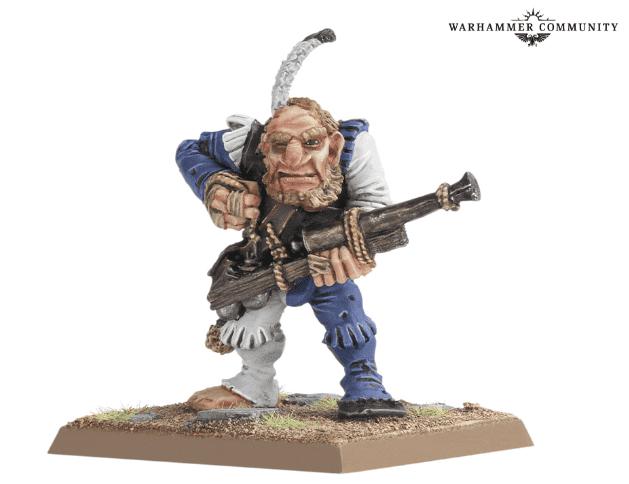 Yes. If you care about fair games, structured events, and a shared language for organized play, grab this book.
It’s releasing as a softcover and ePub, so you’ve got options. Whether you’re hosting your first event or just want better games at your local club, this guide cuts through the noise and gives you what you need.
Yes. If you care about fair games, structured events, and a shared language for organized play, grab this book.
It’s releasing as a softcover and ePub, so you’ve got options. Whether you’re hosting your first event or just want better games at your local club, this guide cuts through the noise and gives you what you need.
See the Latest Release Roadmap for The Old World
Are you excited to see matched play come to Warhammer: The Old World?
